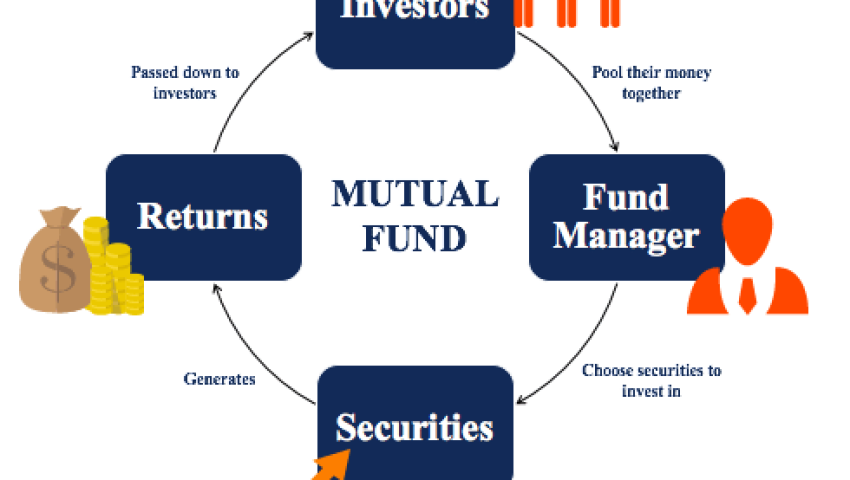
Understanding Investment Returns in Mutual Funds: What You Need to Know Before You Invest
Understanding Investment Returns in Mutual Funds: What You Need to Know Before You Invest
Mutual funds have become a preferred investment option for millions of Indians looking to grow their wealth over time. While they offer convenience, diversification, and professional management, what truly attracts investors is the potential for attractive returns. But how exactly are mutual fund returns generated, and what should you expect as an investor?
Let’s break it down.
✅ What Are Mutual Fund Returns?
Mutual fund returns are the gains or profits you earn from your investment in the fund. These returns can come in three main forms:
Capital Gains – The profit made when the fund’s underlying assets (like stocks or bonds) are sold at a higher price.
Dividends – Some funds distribute a portion of their profits as dividends to investors.
NAV Appreciation – The increase in Net Asset Value (NAV) of the fund over time reflects its growth in value.
📊 Types of Returns: Absolute, Annualized & CAGR
Absolute Return: This is the total percentage return over a specific period.
Example: If you invested ₹1,00,000 and it becomes ₹1,20,000 in 2 years, your absolute return is 20%.Annualized Return: Shows how much you’ve earned on average per year. Useful for comparing long-term returns.
CAGR (Compound Annual Growth Rate): Most reliable metric for long-term mutual fund investments. It reflects the average yearly growth of your investment over time, accounting for compounding.
💼 How Much Can You Expect to Earn?
While returns vary by fund type and market conditions, here’s a general expectation:
| Fund Type | Expected Long-Term Returns |
|---|---|
| Equity Funds | 10% – 15% per annum |
| Hybrid Funds | 8% – 12% per annum |
| Debt Funds | 5% – 8% per annum |
| Liquid Funds | 3% – 5% per annum |
⚠️ Note: Past performance is not a guarantee of future returns.
🧠 Factors That Influence Returns
Market Performance: Bullish or bearish trends in the stock or bond market directly affect fund returns.
Fund Manager’s Expertise: A skilled manager can optimize returns through smart asset allocation.
Expense Ratio: Lower expenses mean better net returns for you.
Investment Horizon: Long-term investments typically generate higher, more stable returns.
Type of Mutual Fund: Equity funds are more volatile but offer higher returns; debt funds are safer but offer moderate returns.
📆 Why Time in the Market Matters More Than Timing the Market
Trying to "time" the market often leads to missed opportunities. Instead, staying invested and letting your money grow through compounding can yield far better results. A small SIP of ₹5,000/month for 15 years at a 12% return can grow to over ₹25 lakhs.
🎯 Tips to Maximize Mutual Fund Returns
Start early and invest regularly (use SIPs)
Stay invested for the long term
Choose funds based on your goals and risk appetite
Review performance annually, not daily
Consult a financial advisor if needed
🚀 Conclusion: Mutual Fund Returns Can Power Your Financial Goals
Mutual funds offer a great blend of risk-adjusted returns and ease of investment. Whether you're investing for a house, your child’s education, or retirement, understanding how mutual fund returns work can help you make smarter, more confident financial decisions.
Let your money work harder than you do. Invest smartly, stay committed, and watch your wealth grow.
Priyanka Gupta
Leave a comment
Your email address will not be published. Required fields are marked *


